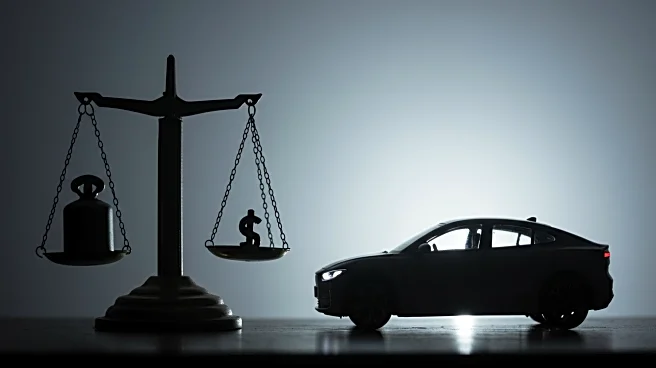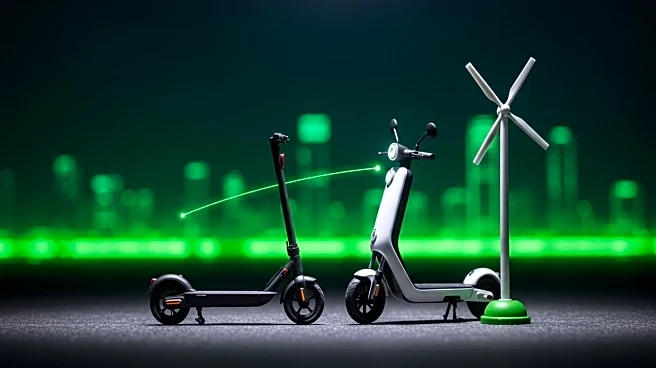Rapid Read • 8 min read
Consumer Reports has released a detailed analysis of electric bikes, commonly known as e-bikes, highlighting their growing popularity and the diverse features they offer. E-bikes are becoming a preferred choice for individuals looking to ease back into biking or replace traditional vehicles for commuting. The report notes that while e-bikes can be found at various price points, top-performing models typically range from $2,000 to $3,000. These bikes come equipped with features such as horns, turn signals, and extra cargo space. Two main types of e-bikes are identified: pedal-assist bikes, which activate the motor when pedaling, and bikes with an electric motor plus a throttle, which can operate without pedaling. Consumer Reports tested various models for factors like battery range, acceleration, hill-climbing ability, and braking performance. Recommendations include the Heybike Cityrun for commuting and the Raleigh RetroGlide Royale 2.0 for recreational use.
AD
The increasing interest in e-bikes reflects a broader shift towards sustainable and efficient transportation solutions. As urban areas become more congested and environmental concerns rise, e-bikes offer a viable alternative to cars, potentially reducing traffic and emissions. This trend could significantly impact the transportation industry, encouraging manufacturers to innovate and improve e-bike technology. Consumers stand to benefit from the convenience and cost savings associated with e-bikes, especially in urban settings where short commutes are common. However, the high cost of top models may limit accessibility for some potential buyers, highlighting a need for more affordable options in the market.
As the e-bike market continues to grow, manufacturers are likely to focus on enhancing battery life, reducing costs, and integrating more advanced features to attract a wider consumer base. Regulatory bodies may also consider implementing standards to ensure safety and performance consistency across different models. Additionally, urban planners might explore infrastructure improvements, such as dedicated bike lanes, to accommodate the increasing number of e-bike users. Consumer education on safe e-bike usage and maintenance will be crucial to maximizing the benefits of this transportation mode.
The rise of e-bikes also presents cultural and lifestyle shifts, as more people embrace cycling as a primary mode of transportation. This could lead to changes in urban design, with cities becoming more bike-friendly and less car-dependent. The environmental benefits of e-bikes, such as reduced carbon emissions, align with global efforts to combat climate change, potentially influencing public policy and investment in green technologies.
AD
More Stories You Might Enjoy










